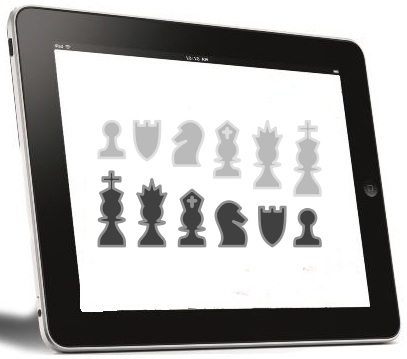Denny |
December 31, 2012
 Supercell finds success with tablets
Supercell finds success with tablets
Tablet gaming has been growing in popularity over the past several years. Tablet devices have managed to capture the interest and support of consumers all over the world, many of whom are highly interested in mobile gaming. Game developers are taking notice of this growing interest in mobile gaming, especially on the tablet front, and have been focusing more on developing games for tablet devices specifically. Supercell, a Finnish game developer, has taken the approach of developing games for tablet platforms before any other platform.
Developer generates $1 million in revenue daily
Supercell is a small development company comprised of roughly 70 people. Though the development studio is quite small, it has managed to etch out a great deal of success. Supercell is currently generating approximately $1 million in revenue on a daily basis, which is coming from two games: Hay Day and Clash of Clans, which are both available only for the iOS. This means that the developer has gained a significant amount of momentum since October of this year, when The New York Times reported that it was only making $500,000 daily from the same games.
Supercell overcomes Electronic Arts
Supercell has surpassed Electronic Arts in the realm of revenue generated through the iOS platform each month. This is a major milestone for any development company since Electronic Arts has long been one of the dominating forces in the game industry. Electronic Arts accounts for more than 960 mobile gaming applications that are available through the Apple App Store, all of which have been beaten by the 2 mobile games that come from Supercell.
Supercell may soon become the next super power in gaming
Supercell has established a strong presence in the mobile gaming space. Backed by strong support from tablet gamers, the developer is expected to continue gaining momentum into the future. If the developer can mimic the success of its first two games, it may soon become one of the next major development studios in the game industry.
 With a highly successful year nearly complete, predictions for next year’s smartphones are already being made.
With a highly successful year nearly complete, predictions for next year’s smartphones are already being made.
This year, mobile technology brought about tremendous new successes ranging from the sale of the devices themselves, to record marketing spending, and record mcommerce sales.
For this reason, it is only natural that brands and companies attempt to forecast what is to come in 2013.
According to the most recent reports from the Consumer Electronics Association (CEA), which is a trade association based in Arlington, Virginia, smartphones will account for approximately $37 billion in sales next year. Dealers will have almost 126 million devices shipped to them in 2013. This will represent an increase of 16 percent over 2012.
Tablets will also become an increasingly important form of mobile technology next year.
For those mobile technology devices, sales are expected to reach beyond 105 million units. This represents a figure that is 54 percent greater than that of 2012. It will also lead to a shipment revenue of nearly $36 billion.
The projections have been based on information such as the following, which can help to form an understanding of in mobile technology for 2013:
• 88 percent of mobile technology users check their email on those devices (especially their phones) each day.
• 85 percent of all American adults have some form of cell phone.
• 56 percent of all American adults who own a cell phone also have internet access.
• 53 percent of the owners of cell phones have a smartphone.
According to forecasts from Forbes, the two areas that will see the largest amount of growth in mobile technology include smart cars and digital health (mhealth). The mhealth marketplace is already seeing a rapid explosion of adoption and popularity including areas such as telemedicine, medical records, apps, fitness monitors, and others. This last year alone, it has experienced a growth of 40 percent.
On the other hand, the mobile technology developments in smart cars include developments such as the Google car, for example. These vehicles will be seen in far more events and prototype and product unveilings over the next twelve months.
 Supercell finds success with tablets
Supercell finds success with tablets
 With a highly successful year nearly complete, predictions for next year’s smartphones are already being made.
With a highly successful year nearly complete, predictions for next year’s smartphones are already being made.